The Before & After of Gynecomastia Surgery at the Gynecomastia Center of Los Angeles, we remain dedicated to helping teens and men rid their lives of gynecomastia. The growth of male breasts can cause embarrassment. Some males feel tenderness or pain. With the use of male breast reduction surgery, liposuction, VASER Lipo, and Renuvion, we see excellent results, such as a flatter, more defined chest. See the results below in our gynecomastia before and after surgery gallery, then call us at +1(310)956-4326 to schedule your appointment for gynecomastia surgery with Dr. Babak Moein In & Near Los Angeles.
Gynecomastia surgery before and after at the Gynecomastia Center of Los Angeles, we remain dedicated to helping teens and men rid their lives of gynecomastia. The growth of male breasts can cause embarrassment. Some males feel tenderness or pain. With the use of male breast reduction surgery, liposuction, VASER Lipo, and Renuvion, we see excellent results, such as a flatter, more defined chest. See the results below in our gynecomastia before and after surgery gallery, then call us at +1(310)956-4326 to schedule your appointment for gynecomastia surgery with Dr. Babak Moein In & Near Los Angeles.
Gyno Surgery Before and After Los Angeles
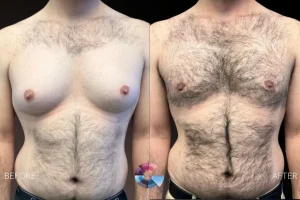
Grade 2 Gynecomastia Surgery Before and After
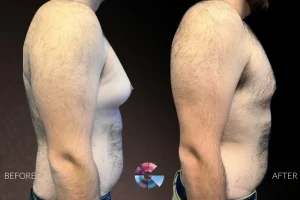
Grade 2 Gynecomastia Surgery Before and After

Grade 1 Gynecomastia Surgery Before and After
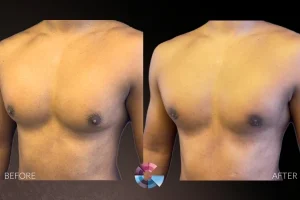
Grade 1 Gynecomastia Surgery Before and After

Grade 2 Gynecomastia Surgery Before and After Result
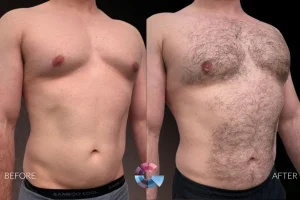
Grade 2 Gynecomastia Surgery Before and After Result
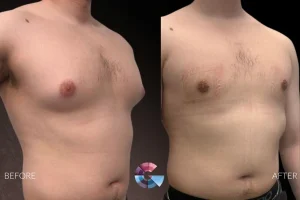
Grade 3 Gynecomastia Surgery Before and After Result
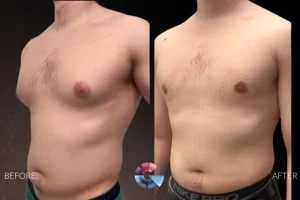
Grade 3 Gynecomastia Surgery Before and After Result
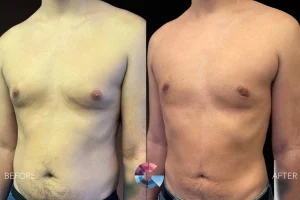
Grade 2 Gyno Surgery Before and After in LA

Grade 2 Gyno Surgery Before and After in LA
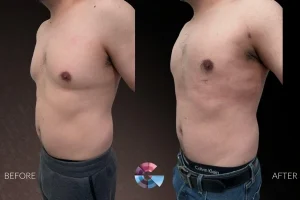
Grade 2 Gyno Surgery Before and After in LA
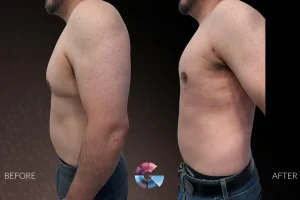
Grade 2 Gyno Surgery Before and After in LA

Grade 2 Gynecomastia Surgery Before and After
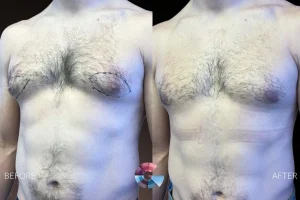
Grade 2 Gynecomastia Surgery Before and After
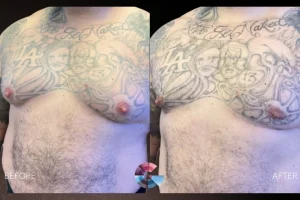
Grade 3 Gynecomastia Surgery Before and After
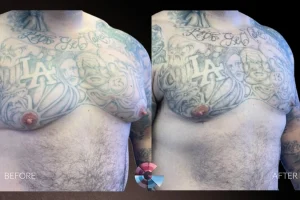
Grade 3 Gynecomastia Surgery Before and After
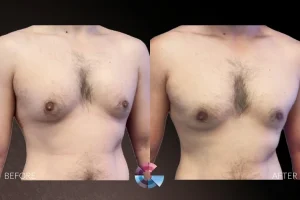
Grade 2 Gynecomastia Surgery Before and After in LA

Grade 2 Gynecomastia Surgery Before and After in LA
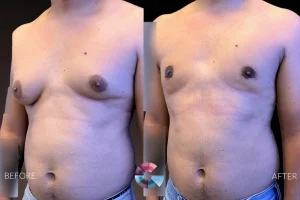
Grade 2 Gynecomastia Surgery Before and After in LA
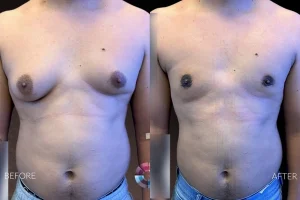
Grade 2 Gynecomastia Surgery Before and After in LA
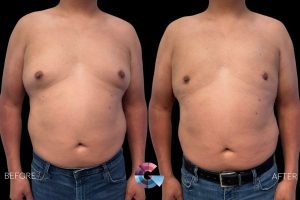
Grade 2 Gynecomastia Surgery Before and After in Los Angeles CA

Grade 2 Gynecomastia Surgery Before and After in LA
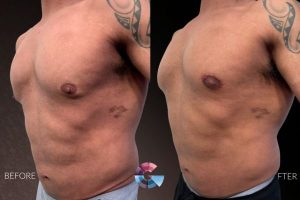
Grade 2 Gynecomastia Surgery Before And After in Los Angeles

Grade 2 Gynecomastia Surgery Before And After in Los Angeles
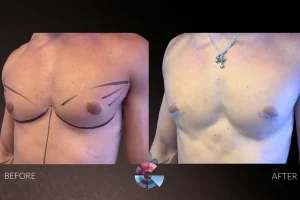
Grade 3 Gynecomastia Surgery Before and After Los Angeles
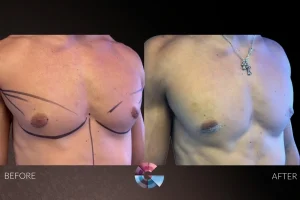
Grade 3 Gynecomastia Surgery Before and After Los Angeles
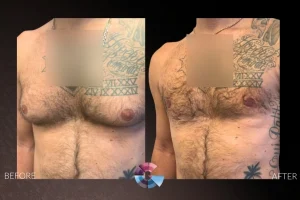
Grade 3 Gynecomastia Surgery Before and After Los Angeles
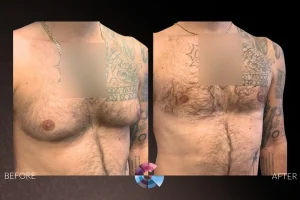
Grade 3 Gynecomastia Surgery Before and After Los Angeles
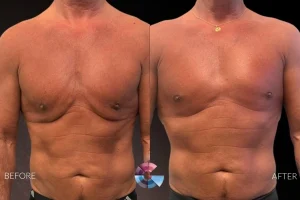
Grade 3 Gyno Surgery Before and After
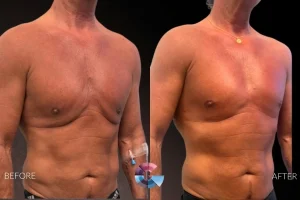
Grade 3 Gyno Surgery Before and After

Grade 3 Gyno Surgery Before and After
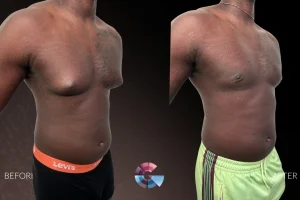
Grade 3 Gyno Surgery Before and After
Have you ever gazed into the reflection and felt your body was working against you? Maybe, for some men out there, it's a feeling of unease when taking off their shirts at the beach. That uncomfortable sensation is often tied to gynecomastia - enlarged male breasts.
Gyno surgery before and after: what does that journey look like? We'll take you through this transformative experience step by step. From understanding what gynecomastia surgery entails, who qualifies for it, its benefits, and the risks involved.
Ready to reclaim your confidence? Let’s dive right in...
Key Takeaway: Male breast reduction, or gynecomastia surgery, helps guys with oversized breasts by eliminating extra fat and tissue. This operation can pump up their self-esteem and make them feel more comfortable in their skin. It all kicks off with liposuction, then if needed, we cut out some glandular tissues too. How we put you under depends on what you're cool with and how tricky your case is. Usually, the whole thing wraps up within 1-2 hours.
Who is a Candidate for Gynecomastia Surgery?
It can feel like an uphill battle if you're a man dealing with enlarged breasts. But gynecomastia surgery might be your answer.
Gynecomastia, or male breast enlargement, often results from hormonal imbalances that can occur at any age. This condition may also stem from obesity or certain medications. If you've tried diet and exercise but still find yourself avoiding mirrors and tight shirts, this procedure could help get your confidence back on track.
Hormonal Imbalance
The primary cause of gynecomastia is usually a hormonal imbalance, specifically when estrogen levels rise relative to testosterone levels in the body. These fluctuations are common during puberty and old age due to natural changes in hormone production.
Obesity
A secondary cause of gynecomastia is obesity. Excess fatty tissue around the chest area mimics the appearance of female-like breasts, which some men find distressing. Studies show weight loss alone isn't always enough to fix this issue, as stubborn fat deposits may remain despite overall weight reduction.
Certain Medications & Conditions
Certain medical conditions and drugs, including anti-androgens used to treat prostate issues or cancer treatment drugs, can trigger unwanted breast growth, too.
Hormonal imbalances from diseases such as liver or kidney failure may also cause gynecomastia.
In summary, if you're a man with enlarged breasts caused by hormonal imbalances, obesity, or certain medications and conditions, gynecomastia surgery could be an effective solution. Always consult your doctor to explore all possible options before deciding on surgery. You also need to understand what grade of gynecomastia applies to you so that you.
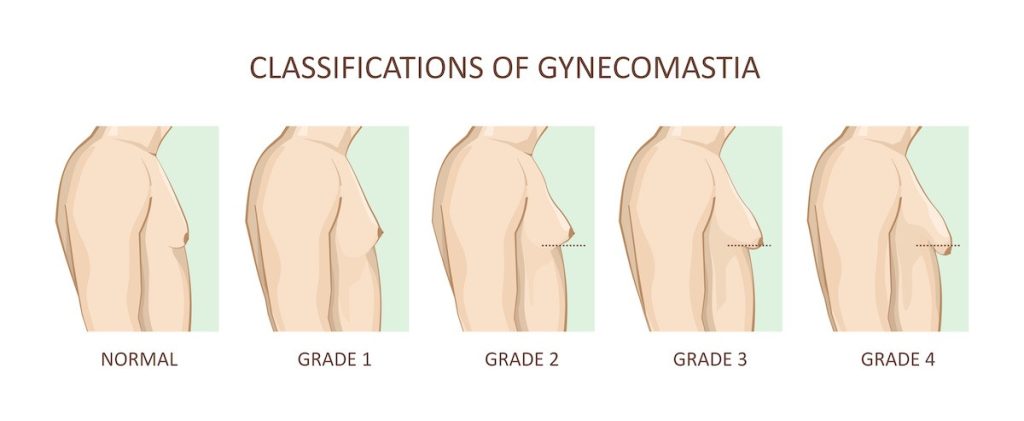
Benefits of Gynecomastia Surgery
Gynecomastia surgery can do more than reduce the size of enlarged male breasts. It's like hitting a refresh button on your body image and self-confidence.
The procedure crafts a more masculine chest contour, helping you feel better in your skin, whether bare-chested at the beach or dressed up for an important meeting. Just imagine being able to wear form-fitting shirts without any anxiety.
This isn't just about looks, though. The tenderness and sensitivity that come with having gynecomastia can be significantly diminished post-surgery.
Boosting Self-Confidence
Picture yourself standing taller and prouder because you're no longer hiding behind baggy clothes or avoiding social situations that involve swimming or sports.
Patients often report A sense of liberation post-surgery, leading to improvements in overall mental health. When we are confident in our bodies, it shines through every aspect of life – personal relationships improve, professional interactions become smoother, and even simple tasks like shopping for clothes become enjoyable again.
Better Physical Health
Say goodbye to skin irritations under your breast area caused by excess glandular tissue and fat deposits. No more chafing from tight bras needed for support, either.
- Faster recovery time compared to other major surgeries means less downtime from work or daily activities.
- You might even find improved posture as less weight pulls forward on the upper body.
- No need for prescription medications or hormonal treatments that come with their side effects.
Although any medical procedure carries certain risks, a professional doctor can discuss these with you and help you decide if the advantages outweigh the possible drawbacks. However, a skilled surgeon will discuss these and help you weigh the benefits against potential downsides before deciding on surgery.
A Permanent Solution
The results of gynecomastia surgery are typically long-lasting unless caused by significant weight gain or the use of certain drugs. It's not just about looking better – it's about feeling better in your body for good.
Key Takeaway: Gynecomastia surgery goes beyond just chest reshaping. It's about boosting your confidence, easing discomfort, and freeing you from the stress of baggy clothes or social anxiety. After surgery, many patients experience improved mental health, less skin irritation, and better posture. Plus, with results that usually last a long time – it's more than just an aesthetic improvement.
Risks of Gynecomastia Surgery
Like any surgery, gynecomastia comes with its own set of risks. Let's investigate the potential risks to help you make an educated decision.
Infection and Bleeding
All surgical operations, including gynecomastia surgery, carry a risk of infection, which physicians take steps to reduce. Doctors take precautions to minimize this risk, but it’s something to be aware of.
Bleeding is another potential complication. Although rare, if it does occur post-operatively, a second operation might be needed to fix the issue.
Scarring
No one likes scars - they're like unwanted tattoos. However, scarring after gynecomastia surgery isn't typically severe due to the minimally invasive techniques used by surgeons today. But again, everyone heals differently, so some scarring should be expected.
Asymmetry in Chest Contour
Gaining that masculine chest contour is what you want from your gyno operation. Sometimes, results don’t turn out as planned because our bodies aren't perfectly symmetrical machines. So, while doctors do their best to create balance during surgery, there could still be some asymmetry afterward – but remember, perfection doesn’t exist. By looking at gynecomastia surgery before and after photos, you can see how fat transfer to the upper pectorals is one way to create more desirable proportions.
A Few Other Risks Worth Mentioning:
- Numbness or changes in sensation around the nipples may happen temporarily or permanently following the procedure.
- Anesthesia risks include possible allergic reactions and breathing problems related specifically to general anesthesia.
- Seroma formation (fluid accumulation): This usually resolves on its own over time but occasionally may need to be drained.
Knowing the risks is key. So arm yourself with knowledge, ask questions, and trust your doctor's expertise. But remember, despite these potential pitfalls, many men find that gynecomastia surgery can positively impact their self-confidence and body image.
Results of Gynecomastia Surgery
Gynecomastia surgery results tend to be lasting, yet patients may require extra treatments if their condition deteriorates or alters over time.
Potential Changes Over Time
If you thought puberty was tough the first time around, imagine going through hormonal imbalances again as an adult. This can lead to gynecomastia recurrence. Although it's not common after surgery – think lightning striking twice kind of rare – but it could happen due to factors such as weight gain or use of certain medications.
Also, aging is inevitable, and with age comes sagging - gravity always wins. So even though gynecomastia might not come back post-surgery, natural aging processes could affect the appearance of your chest over time.
Maintaining Your Results
To make sure those stellar surgical outcomes last longer than most Hollywood marriages (and without all the drama), stick with healthy lifestyle choices. Regular exercise and a balanced diet? Yes please.
You should also avoid drugs known to cause enlarged breasts in men. If prescribed any such medication for health reasons though, here's a helpful list to discuss with your doctor. You can then weigh the benefits and risks, making an informed decision.
Gynecomastia surgery offers permanent results that could significantly improve one’s self-confidence and body image. However, it's important to maintain these results by following a healthy lifestyle and being mindful of potential changes over time.
Evaluating Gynecomastia Before and After Surgery
Before and after photos can be a valuable tool when considering gynecomastia surgery. Before and after photos can provide an indication of what to expect from the gynecomastia surgery.
Analyzing Gyno Before Pictures
In 'before' pictures, look for signs of enlarged breasts in men - this is what gynecomastia looks like. There may also be evidence of hormonal imbalances or obesity contributing to breast enlargement.
The severity of the condition varies; some might have slight puffiness around their nipples while others may show more significant growth.
Evaluating Gyno After Pictures
'After' pictures reveal the skill level and aesthetic sense of the surgeon performing gynecomastia surgery. Look for flat chests reflecting masculinity without signs of scarring or asymmetry.
A successful operation leaves behind minimal scars hidden along natural contours so they're not noticeable even when shirtless. It's all about finding balance between removing enough tissue yet avoiding over-correction, which can lead to a sunken appearance post-operation.
Gauging Consistency Across Cases
The real test lies in observing multiple sets of before-and-after photos taken at consistent angles under similar lighting conditions across various patients. This consistency demonstrates the surgeon's ability to replicate success across different cases.
Remember, everybody is unique, and results will vary. However, an experienced gynecomastia surgeon should be able to achieve a more masculine chest contour consistently.
Ready to Treat Gynecomastia in Los Angeles? Schedule Your Free Consultation Today!
Please fill the form below or Call Gynecomastia Center of Los Angeles at +1(310)956-4326 to schedule a consultation time that works best for you.

